Gwonjinsadaek House[Korea Quality] / 권진사댁[한국관광 품질인증]
23.459982009910025m 0 2023-12-01
39 , Nakcheondang-gil, Bonghwa-gun, Gyeongsangbuk-do
+82-10-9016-3201
Gwonjinsadaek House is a magnificent historic house with a history of more than 130 years, also known as Seongam House located in Chunyang-myeon, Bonghwa-gun, Gyeongsangnam-do. The first thing you notice as you walk inside past the tall gate is the sarangchae (detached building). There four guest rooms, Keun Sarangbang (large room), Jakeun Sarangbang (small room), Saesarangbang (new study room), and Jungbang (medium-sized room), all of which are ondol (underfloor heated) rooms except for Keun Sarangbang. There are no showers, toilets, or cooking facilities inside the rooms. Breakfast is not provided, but rice cakes and tea are complimentary. Nearby tourist attractions include the Mansan House and the East and West Three-Story Stone Pagodas in Seodong-ri, Bonghwa.
Seongamje [Korea Quality] / 성암재 [한국관광 품질인증]
507.7728507374212m 180 2023-12-01
19-18 , Seodong-gil, Bonghwa-gun, Gyeongsangbuk-do
+82-54-673-5011
Seongamjae in Chunyang-myeon, Bonghwa-gun, Gyeongsangbuk-do, was built in 1915 by Seongam Kang Seung-won, son of Uijae Kang Pil who was an early campaigner for independence from Japan. Built of pinewood, the house is now equipped with modern facilities. In-room cooking is not allowed, a pay-for brunch is available. Next door is Bonghwa Mansan Old House, a National Folk Cultural Asset which guests are free to look around. Chunyang Station on the Yeongdong Line is a 5-minute walk away, and a luggage storage service is available.
Bonghwa Pavilion Culture Center[Korea Quality] / 봉화정자문화생활관[한국관광 품질인증]
10.1 Km 0 2023-06-10
88 , Buraengi-gil, Bonghwa-gun, Gyeongsangbuk-do
+82-54-679-6963
Visitors to the Bonghwa Pavilion Cultural Residence Center can experience the Nujeong culture firsthand during their stay in the Solhyangchon, which is set in Oesam-ri, Bonghwa-gun, Gyeongsangbuk-do, and is themed around traditional towers and pavilions. Solhyangchoin can be divided into pensions and guest rooms, and reservations can only be made through the Bonghwa-gun Sports Facility Office's website. The pavilion exhibition hall, the pavilion garden, the pavilion rest area, and the dormitory yard are also available for your use. Nearby tourist attractions include Changpyeong Forest Park, Dadeok Mineral Spring Tourist Site, and Munsusan Natural Recreation Forest.
Cheongoksan Mountain (Bonghwa) (청옥산(봉화))
11.8 Km 8581 2024-02-23
Daehyun-ri, Seokpo-myeon, Bonghwa-gun, Gyeongsangbuk-do
+82-54-679-6341
Cheongoksan Mountain, towering 1,277 meters above sea level, stands southeast of Mangyeongdae Observatory atop Taebaeksan Mountain. The entire mountain area is designated as a national recreational forest. As the largest of its kind in Korea, it offers an array of facilities including a water playground, fitness station, and campground. Midway up the moutain, visitors can discover Hongjesa Temple and marvel at Goseon Valley, where a 40km-long stream gracefully skirts the mountain. Nearby attractions include Hyeonbulsa Temple, known for its Pagoda to the Fallen Patriots, Bulyoungsa Temple, Cheongnyangsan Mountain, and Samijeong Pavillion.
Cheongoksan National Recreational Forest (국립 청옥산자연휴양림)
12.9 Km 24904 2019-01-25
1552-163, Cheongok-ro, Bonghwa-gun, Gyeongsangbuk-do
+82-54-672-1051
Cheongoksan National Recreational Forest is located in Bonghwa-gun, Gyeongsangbuk-do. The forest is composed of 100-year-old white pine trees brimming with pine nuts, along with pines and larches. In the forest, you can see the trees standing tall amidst the majestic rock formations. If you walk along the mountain trail, you will come to a suspension bridge, and after crossing, you will enter a section of forest that has maintained an old, almost primeval, feeling.
In spring, beautiful wild flowers blossom throughout the forest, magnolias in particular, bloom within the valley. Cheongoksan National Recreational Forest features a variety of facilities such as a nearby water park, children’s playground, fitness center, campsite and an outdoor lecture field. The water in the water park is cold and very clean, using natural stream water. In nearby Baekcheongyegok Valley, you may also see Manchurian trout, which live in clean, fresh water streams. Hyeonbulsa Temple is also located in the valley.
Baekdudaegan V-Train (백두대간협곡열차(V-트레인))
13.1 Km 19539 2024-02-28
49 Buncheon-gil, Socheon-myeon, Bonghwa-gun, Gyeongsangbuk-do
“V”是指洛东江的上游溪谷。白头大干峡谷列车是行驶在白头大干洛东江上游溪谷的列车,以白虎为主题进行了喷漆。在荣州~汾川(奉化)~铁岩(太白)路段运行,车窗很大,以每小时30公里左右的速度缓慢运行,可以欣赏洛东江、溪谷、山峦和悬崖,也可以打开窗户。可以在荣州站换乘KTX。
Seokcheongyegok Valley (석천계곡)
16.6 Km 13452 2022-09-19
Samgye-ri, Bonghwa-gun, Gyeongsangbuk-do
+82-54-679-6334
Waters from the Taebaek Mountains forged Seokcheongyegok Valley, located in Bonghwa-gun, Gyeongsangbuk-do. The valley is wide, shallow, and surrounded by thick pine forests. Broad, flat rocks are scattered throughout, and the valley is a great place for children to play. Next to the valley, visitors will also find Seokcheonjeong Pavilion, which was built in 1535. This pavilion, made of Bonghwa red pine trees called Chunyangmok, and mounted on stone, offers a great view of the nearby scenic mountain.
Bonghwa Sweetfish Festival (봉화은어축제)
16.8 Km 28434 2023-05-17
Naeseong-ri, Bonghwa-gun, Gyeongsangbuk-do
• 1330 Travel Hotline: +82-2-1330 (Korean, English, Japanese, Chinese) • For more info: +82-54-674-3053
Bonghwa Sweetfish Festival is one of Korea's prime summer festivals and celebrates the local specialty product of sweetfish. The sweetfish from Bonghwa are recorded as having been given as tribute to the king during the Joseon dynasty. The highest-quality sweetfish come from the upstream sections of the Nakdonggang and Seomjingang Rivers, where Bonghwa-gun is located. The festival offers numerous participatory programs including fishing, water play, a water fight, and agricultural experiences. Visitors who participate in fishing activities can feast on their catch.
Bonghwa Cheongnyangsa Temple (청량사(봉화))
17.3 Km 15675 2022-12-27
199-152, Cheongnyangsan-gil, Bonghwa-gun, Gyeongsangbuk-do
+82-54-672-1446
Located in Cheongnyangsan Mountain Provincial Park, Cheongnyangsa Temple was built by the great monk Wonhyo in 663, the 3rd year of King Munmu of the Silla Kingdom. According to the principles of feng shui, the area is an ideal place for a temple – with the 12 mountain peaks surrounding the temple like the petals of a lotus flower.
The temple is home to two precious historical remains; one is the board of Yuribojeon that King Gongmin of Goryeo wrote upon and the other is Jibul. Yuribojeon is the building where Yaksa-yorae-bul (the Medicine Buddha Statute) is housed and Jibul is a Buddha statute made of paper that was painted with gold.
At the back of the temple is Bosalbong Peak looking out towards Cheongnyangsan Mountain. A 30-minute walk along the hiking trail will lead the hikers to Eungjinjeon, a hermitage with a beautiful view where the great monk Wonhyo once stayed. Behind Eungjinjeon stands Geumtapbong Peak and the sheer cliffs below. The peak was named Geumtapbong (meaning ‘golden pagoda’ in Korean) since it looks like a nine-story pagoda with pine trees growing around the base. In the autumn, the beautiful red, gold and orange hues of the maple trees are a true sight to behold.
Cheongnyangsan Provincial Park (청량산도립공원)
17.4 Km 11209 2022-07-26
39, Gwangseok-gil, Bonghwa-gun, Gyeongsangbuk-do
+82-54-679-6651
Cheongnyangsan Mountain, with an altitude of 870 meters, is hidden away from civilization. Attractions in the mountain are 12 peaks including Geumtapbong Peak, eight caves, Gwangchangpokpo Falls, and Cheongnyangsa Temple, built by Buddhist monk Wonhyo during King Munmu’s third year of reign during the Silla Period (57 BC - AD 935).
Behind the Cheongnyangsan Provincial Park’s entrance boulder is a monument with a poem inscribed on it by the famous scholar Toegye Yi Hwang of the Joseon period called Cheongnyangsanga. Aside from Toegye Yi Hwang, Wonhyo and Uisang, caligraphy master Gimsaeng, scholar Choi Chi-won, and many others came to this mountain to cultivate their arts. Their presence still lingers in legends, being retold to this day.
![Gwonjinsadaek House[Korea Quality] / 권진사댁[한국관광 품질인증]](http://tong.visitkorea.or.kr/cms/resource/06/3042306_image2_1.jpg)
![Seongamje [Korea Quality] / 성암재 [한국관광 품질인증]](http://tong.visitkorea.or.kr/cms/resource/86/3042286_image2_1.jpg)

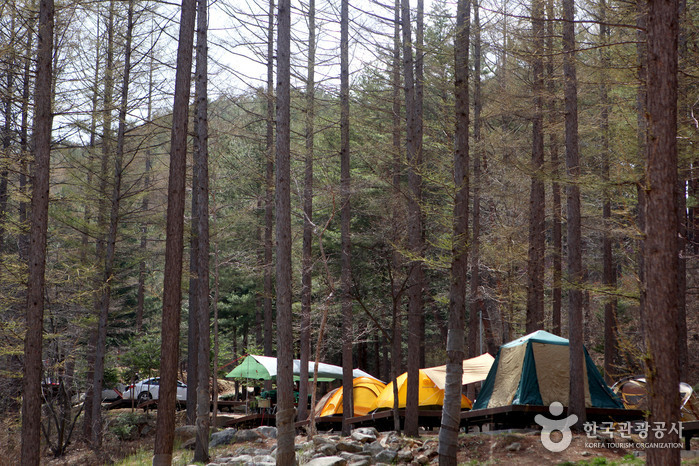
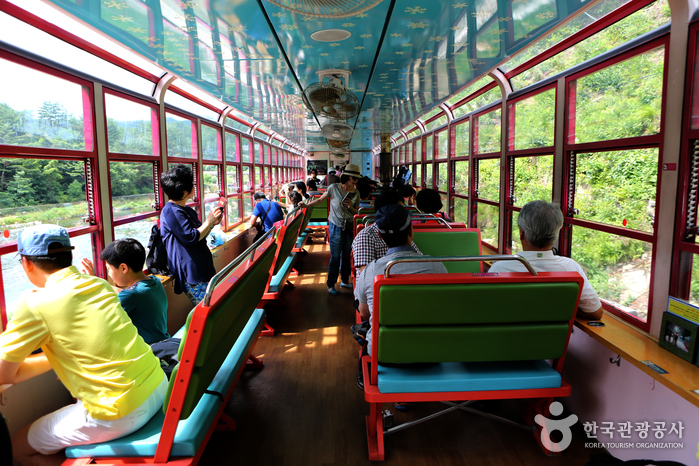
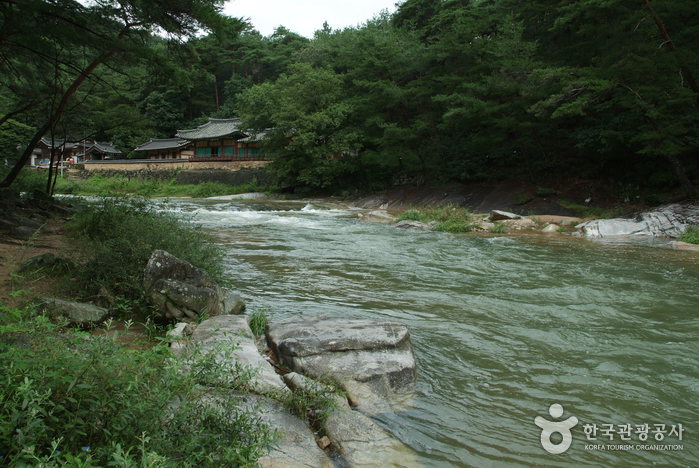
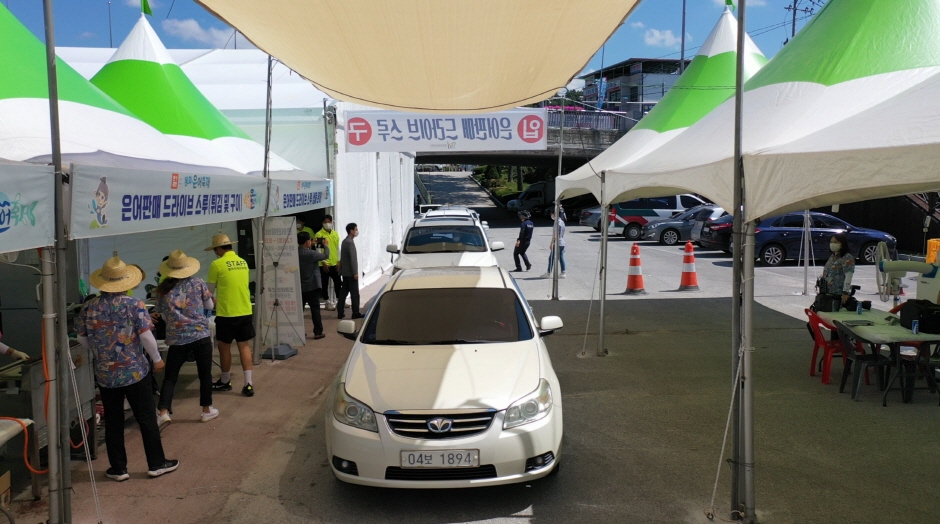
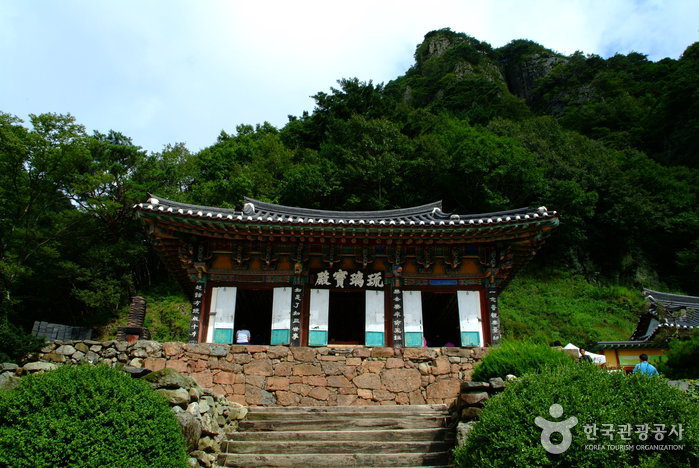
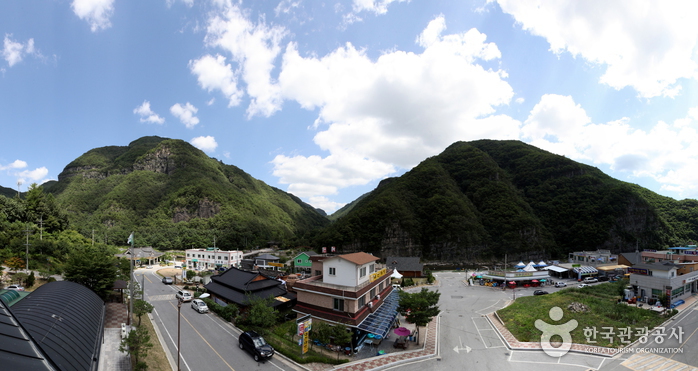
 English
English
 한국어
한국어 日本語
日本語 中文(简体)
中文(简体) Deutsch
Deutsch Français
Français Español
Español Русский
Русский